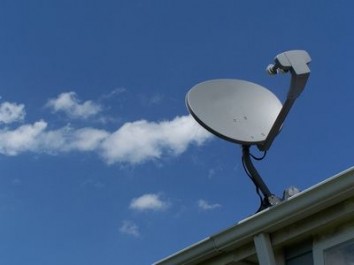Satellite television is the preferred choice of many people primarily because of its quality programming and reception. While it is now strongly competing with cable TV and internet TV, it remains to have a significant number of subscribers.
In the U.S., the number of households with satellite TV subscription reached 66.8 million as of 2012. In Europe, DBS satellite services had an overall market share of 21.4 percent and Australia, this type of TV service is also a more popular option among homeowners because of the distances in population centers. In far flung areas, this is the most feasible option for receiving channels from news and soaps to movies and sports.
Satellite TV, similar to cable, utilizes digital technology to bring numerous channels to homes. The main difference is the use of satellite, a box and dish that needs to be installed outside the house or building.
Quality of video and sound is also what attracts subscribers. But this aspect is also dependent on the position of the dish outside the home or apartment building.
Be aware that reception can be disrupted or can become fuzzy particularly during bad weather. This is possible as the dish is situated outside and exposed to all types of weather.
But take heart because if you’re a subscriber, you can take steps to make sure you receive a good signal and the best programming.
Position Matters
The satellite dish needs to be placed in an area where it has a clear view of the southern sky. Obstructions such as tree branches, foliages and buildings can affect the reception. If this happens, you will only encounter hazy videos on your television.
If the only area where you need to install has tree branches obstructing the view, you can cut them or request permission from your neighbors to do that if the tree is in another property.
If buildings or mountains are the ones blocking the dish, look for an elevated area such as the roof or behind the chimney stack where you can install the satellite dish.
Cable Connections
Keep in mind that the wires connecting your receiver box to the dish can also affect reception quality. Check for loose connections, slices and crimps in cables.
If you have the skills, you can also splice the damaged wires. You will need pliers, electrical tape and co-ax connectors.
Seek Help
If all else fails, it’s time to call a technician from your service provider to do a thorough check up and repair if necessary.
Photo via
About the guest author:
Rodney is a part-time writer for geek blogs and a regular subscriber of satellite TV. For more information on this type of service, check out Satellite TV HQ.
